Tax Credits Leverage Projects Expected to Create More Than 700 Jobs
(January 4, 2021) Crownsville, MD – The Hogan administration announced today that the Maryland Historical Trust (MHT), a division of the Maryland Department of Planning (Planning), has awarded seven projects more than $9 million in tax credits, leveraging more than $33 million in additional investment.
“The Historic Revitalization Tax Credit is yet another one of our effective investment tools for strengthening Maryland’s local economies,” said Governor Larry Hogan. “The seven projects awarded this year will bring new housing, commercial, and arts opportunities through redevelopment across Maryland."
The Historic Revitalization Tax Credit, administered by MHT, has invested more than $412 million in Maryland rehabilitation projects since it began in 1996. The investments have helped make improvements to 5,075 homeowner and 772 commercial historic structures, preserving buildings that contribute to the distinct character of Maryland’s towns, cities, and rural areas.
According to a study by the Abell Foundation, the program has helped to create an estimated 29,898 jobs through construction and new or expanded occupation of these significant historic resources.
“Planning continues to support historic rehabilitation while advancing community revitalization and economic development,” said Planning Secretary Rob McCord. “This funding helps encourage preservation and adaptive re-use of historic buildings and enhances the enjoyment of our state’s history, culture, and scenic beauty."
Eleven applicants sought $15.5 million in tax credits for construction projects totaling more than $70 million in estimated costs.
The seven projects selected for the 2021 tax credits were based on an established set of criteria, including those outlined by the U.S. Secretary of the Interior for historic building rehabilitations.
The award winners are:
- Baltimore Traction Company Car Barn – South Central Avenue, Baltimore City
- Eastern Pumping Station – East Oliver Street, Baltimore City
- P.S. 103 Henry Highland Garnet School – Division Street, Baltimore City
- Buckingham House and Industrial School Complex – Buckeystown Pike, Frederick County
- The Academy School – Mill Street, Dorchester County
- 110 - 116 N. Potomac Street – North Potomac Street, Washington County
- Stevens Smith & Co. Building – Race Street, Dorchester County
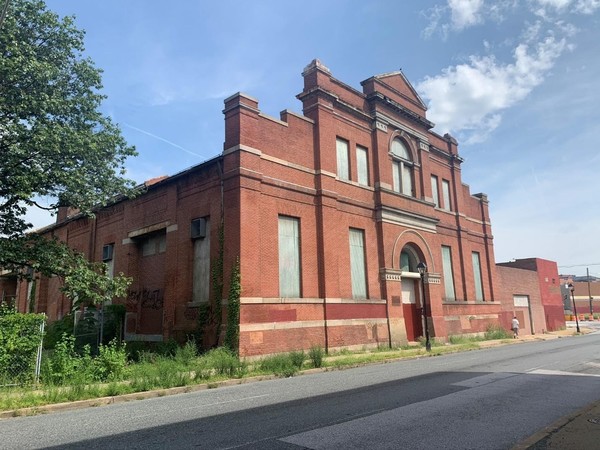 Baltimore Traction Company Car Barn – South Central Avenue, Baltimore City
$3,000,000 Awarded
Estimated Total Cost - $15 Million
The Classical Revival style Baltimore Traction Company Car Barn was constructed in 1890-1891, and is significant for its association with Baltimore’s transportation history, specifically the development of the city’s cable and electric streetcar systems. Despite past alterations, the building’s remaining physical features and details still convey its late 19th century use. The southern portion of the building functioned as a car barn with the northern half functioning as a powerhouse and was divided by the former Philpot/Duke alley that passed through the lower portion of the building. The project will rehabilitate the existing building into mixed commercial use, featuring retail, offices, and community programming.
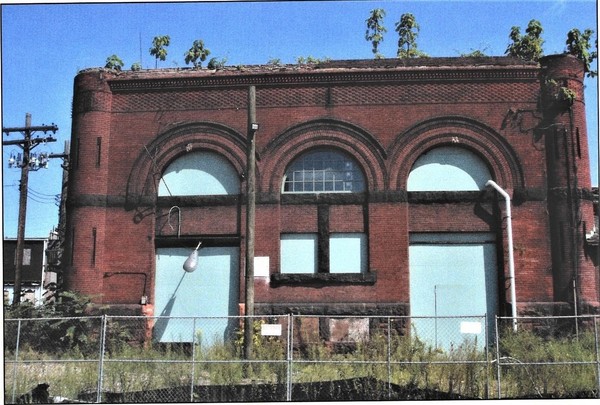 Eastern Pumping Station – East Oliver Street, Baltimore City
$3,033,837 Awarded
Estimated Total Cost - $11 Million
The Eastern Pumping Station, constructed between 1890-1902 for Baltimore’s water supply and distribution system, helped fuel Baltimore’s urban expansion in the late 19th and early 20th centuries. The complex consists of six buildings related to the municipally operated water pumping station. The larger buildings, two of which were designed by noted Baltimore architect Jackson Gott, are excellent examples of Romanesque civic architecture. The rehabilitation of these buildings is part of a larger project, already underway, that will reimagine the site as the Baltimore Food Hub, a campus designed to bring jobs and neighborhood amenities back to this neighborhood.
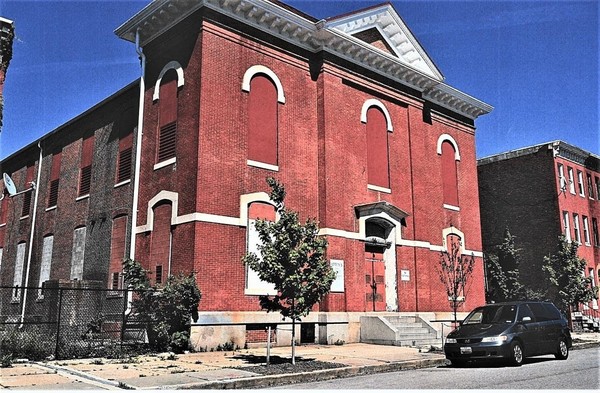 P.S. 103 Henry Highland Garnet School – Division Street, Baltimore City
$1,393,593 Awarded
Estimated Total Cost - $8.2 Million
Located in the Old West Baltimore Historic District, the former P.S. Henry Highland Garnet School was built in 1877, and began educating Black students in 1910. Attended by Supreme Court Justice Thurgood Marshall, the school is one of the few remaining historic structures in the Old West Historic District. A significant feature of the existing structure is the original glazed classroom partitions on the first floor, illustrating the size, configuration, and proportion of the original classrooms. Upon rehabilitation, the building will serve as a community landmark used for public meetings, community programming, office space, and to showcase historic memorabilia of both Justice Thurgood Marshall and The Honorable Elijah Cummings.
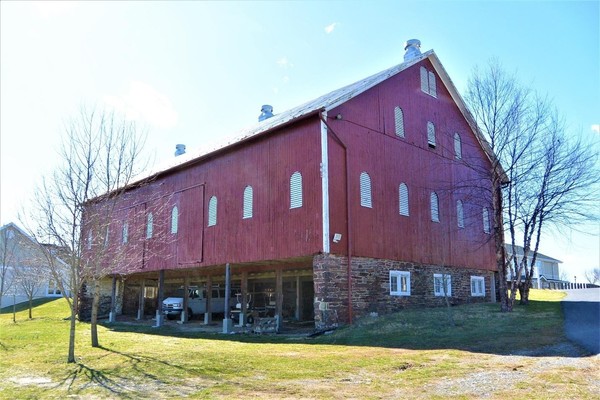 Buckingham House and Industrial School Complex and Claggett Center
– Buckeystown Pike, Frederick County
$760,000 Awarded
Estimated Total Cost - $3.8 Million
Constructed in 1898, the Claggett barn is significant not only as a surviving bank barn but also as a rare example of an intact minimally timber framed interior with larger sized members and robust joinery that dramatically opens the interior space. Part of the Buckingham House and Industrial School Complex, the barn is one of 13 buildings that comprise the site, which served as an industrial trade school for boys. Historically, the barn provided an increased capacity to provide milk and food to feed the complex. This unique barn will see new life as a meeting house with a lower-level dining hall.
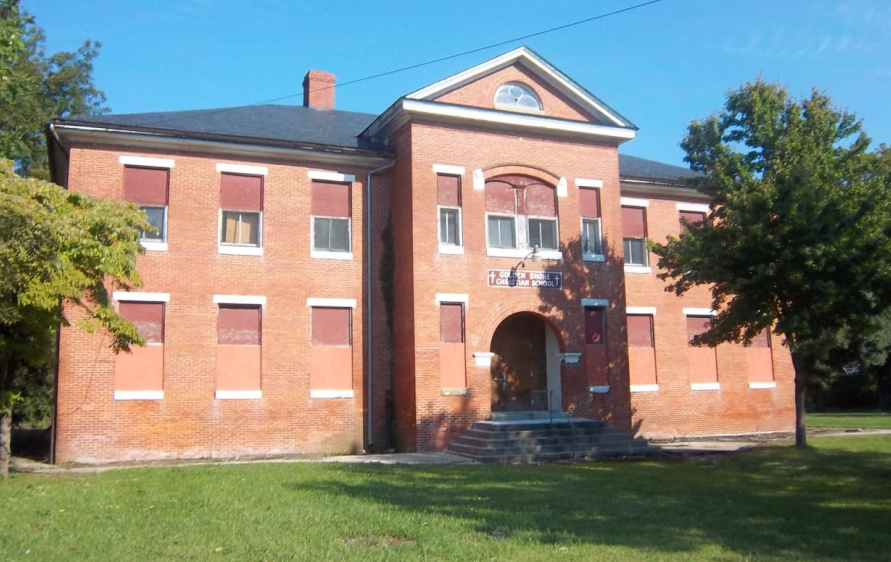 The Academy School – Mill Street, Dorchester County
$250,000 Awarded
Estimated Total Cost - $1.25 Million
Built in 1903 by prominent builder and architect J. Benjamin Brown, this two-story colonial revival school is a fine example of early 20th century educational architecture. It is touted as the first fireproof school being constructed of solid brick with pre-cast stone features and a slate roof which replaced a Victorian frame structure on the same site that was consumed by fire. The building features an intact original slate roof, wood windows, entrance doors, curved window jambs and wainscotting, and its interior classroom layout which will be retained. Vacant since 2003, the school will be converted to residential use.
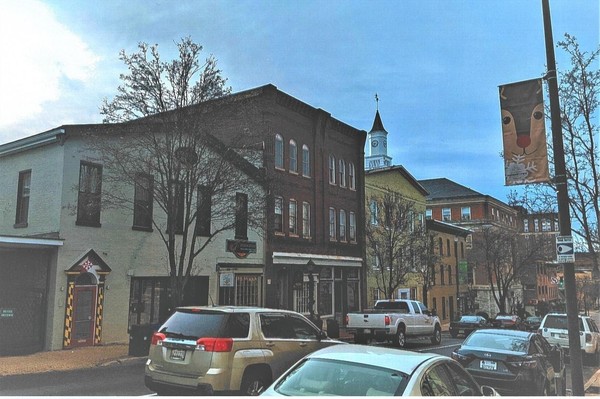 110 - 116 N. Potomac Street – North Potomac Street, Washington County
$440,000 Awarded
Estimated Total Cost - $2.2 Million
110-116 North Potomac Street is one of the few remaining 19th century commercial facades in Hagerstown. For a number of years, this building, its carriage house, and attached stable were occupied by S. M. Bloom and Company, a wholesale grocery firm, which serviced Hagerstown throughout the 19th and 20th centuries. These buildings will be rehabilitated for continued commercial use on the first floors with residential units on the upper floors. The carriage house will also be rehabilitated for residential use with the stable as garage and storage space.
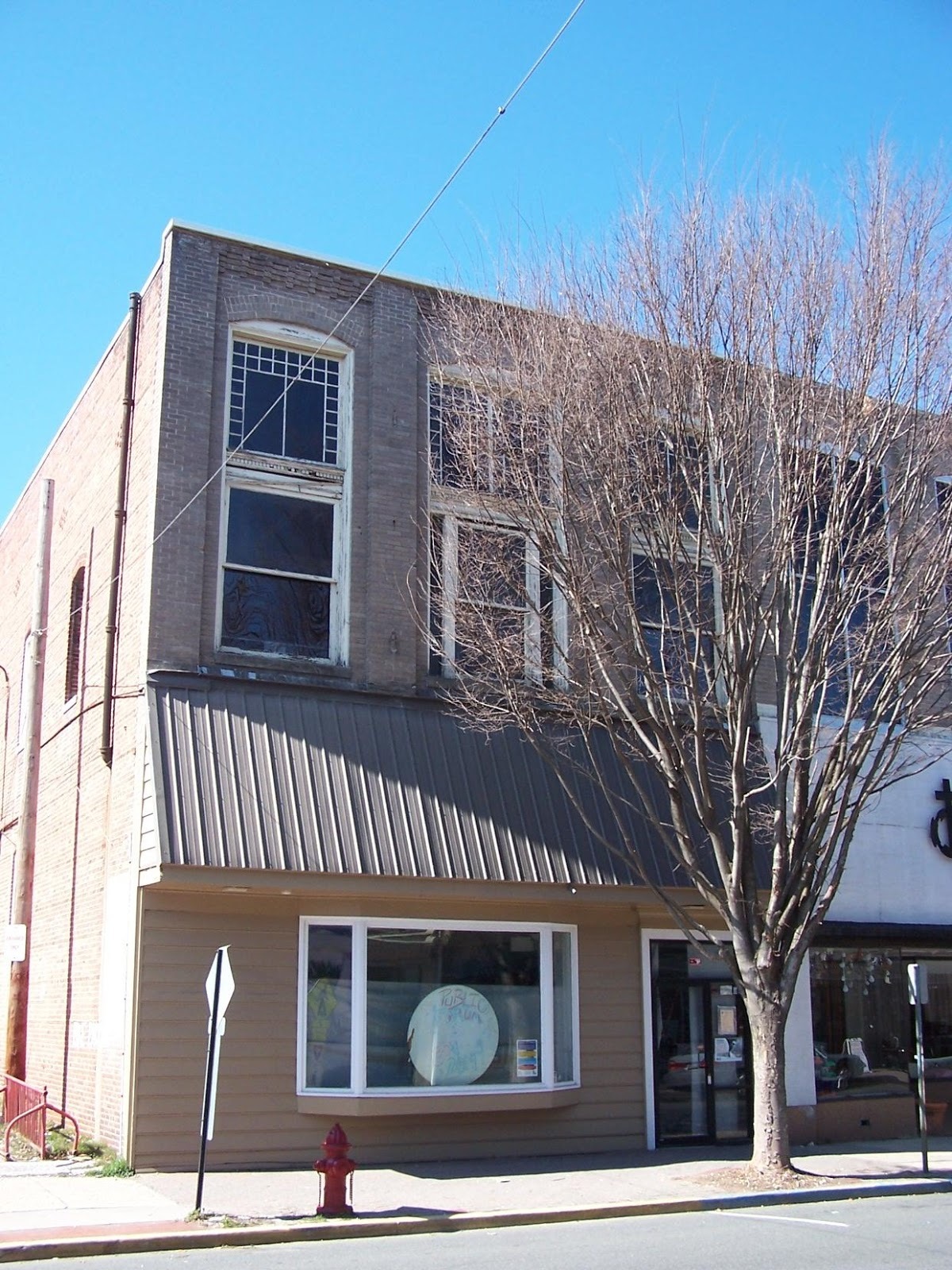 Stevens Smith & Co. Building – Race Street, Dorchester County
$280,000 Awarded
Estimated Total Cost - $1.4 Million
Located in the center of the Cambridge Historic District, Ward III, 421 Race Street is a significant example of 20th century commercial architecture in the commercial corridor along Race and Poplar streets in Cambridge. Despite previous alterations of the storefront, this building retains its signature coffered and metal pressed barrel-vaulted ceiling with decorative leaded glass transom, which served as the original entrance into the retail space of the building as well as its large double hung 2nd floor windows. A central feature of the project will include a complete restoration of the original facade, removing the modern storefront to expose the historic entry way, constructing a new storefront based on historical photographs, and recreating the highly articulated cornice. Now vacant, this building will retain its first-floor commercial use with residential use on the upper floor.
# # #
|